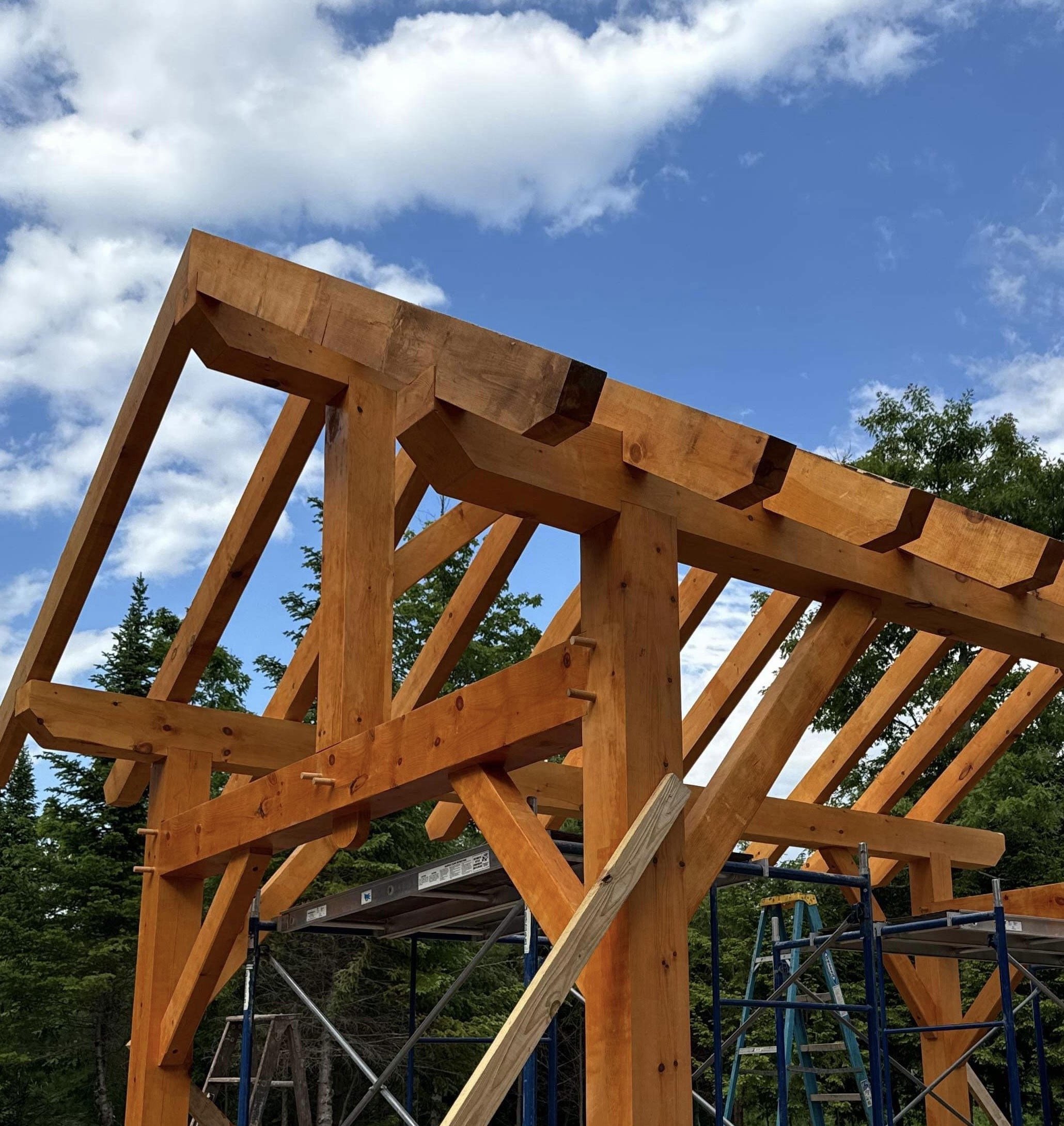Top Trends in Timber Construction for 2024
As the construction industry continues to evolve, timber remains a timeless yet innovative material that is gaining popularity for its sustainability, versatility, and aesthetic appeal. In 2024, several emerging trends in timber construction are set to shape the way we build, offering exciting possibilities for architects, builders, and homeowners alike. Here’s a look at the top trends in timber construction for the year ahead.
Mass Timber: Redefining Skyscrapers and Large-Scale Projects
Mass timber, a category that includes products like cross-laminated timber (CLT) and glulam, is revolutionizing how we approach large-scale construction. Once thought of as a material primarily for residential or low-rise buildings, mass timber is now being used to construct skyscrapers and other expansive structures. In 2024, expect to see more architects and builders turning to mass timber for its strength, sustainability, and ability to reduce the carbon footprint of large projects. This trend is not just about building taller with wood; it’s about rethinking the possibilities of what timber can achieve in modern construction.
Biophilic Design: Bringing Nature Indoors
Biophilic design, which emphasizes the connection between humans and nature, is growing fast in the design and construction world. Timber plays a crucial role in this trend, as its natural textures, colors, and warmth create spaces that feel more inviting and connected to the outdoors. In 2024-2025, we’ll see an increased use of exposed timber in interiors, from beams and ceilings to walls and flooring, as designers seek to create healthier, more soothing environments. This trend is particularly prominent in residential and commercial spaces where the goal is to foster well-being and comfort.
Prefabrication and Modular Construction: Speed Meets Sustainability
Prefabricated and modular timber construction is on the rise, driven by the need for faster, more efficient building methods. These techniques involve assembling large sections of a building off-site in a controlled environment, then transporting them to the construction site for final assembly. Timber is ideally suited for prefabrication due to its light weight, ease of transport, and versatility. In 2024, we’ll see more projects utilizing prefabricated timber elements, reducing construction time and waste while maintaining high standards of quality and sustainability.
Sustainable and Carbon-Negative Building
As the world continues to grapple with climate change, sustainable construction practices are more important than ever. Timber, as a renewable resource that sequesters carbon, is a key player in the push towards carbon-negative building. In 2024, the trend will go beyond just using timber as a sustainable material—it will involve holistic approaches to construction that consider the entire lifecycle of the building. This includes sourcing timber from sustainably managed forests, using eco-friendly adhesives and finishes, and designing buildings that are energy-efficient and have a low environmental impact.
Timber in High-Performance Buildings
The use of timber in high-performance buildings—structures designed to be energy-efficient, resilient, and comfortable—is another trend to watch in 2024. Timber’s natural insulating properties, combined with advancements in engineering and building techniques, make it an excellent choice for achieving high levels of thermal performance. Expect to see timber used in innovative ways to create airtight, energy-efficient buildings that meet the demands of modern sustainability standards, such as passive house certification.
Hybrid Timber Construction
While timber is a powerful material on its own, combining it with other materials like steel or concrete in hybrid construction is becoming increasingly popular. Hybrid construction allows builders to take advantage of the strengths of each material, resulting in structures that are not only strong and durable but also sustainable and visually striking. In 2024, we’ll see more projects that blend timber with other materials to create unique, high-performance buildings that push the boundaries of design and engineering.
Timber at the Forefront of Modern Construction
The trends in timber construction for 2024 highlight a growing recognition of wood’s potential to drive innovation, sustainability, and beauty in the built environment. As architects and builders continue to explore new ways to use timber, we’re seeing a resurgence of this ancient material in modern construction, from towering mass timber buildings to cozy, biophilic spaces. At JM Timber, we’re excited to be part of this movement, providing high-quality, sustainably sourced timber that meets the demands of today’s most forward-thinking projects. Whether you’re building a home, a commercial space, or an architectural marvel, timber is the material of the future—rooted in tradition, but always evolving.

